
Donald Schneider is considered the inventor of collaboration in marketing. In 2004, he launched perhaps the most important campaign in the company's history for H&M. He initiated a joint collection between H&M and Karl Lagerfeld. In doing so, he firmly established collaboration as a marketing tool. Today, his client list includes brands such as Chloé, Boss, H&M, H&M Home, Highsnobiety, About You, Pandora and Zalando. He will be speaking at the Swiss Brand Congress on June 13. We met him for a short interview beforehand.
Mr. Schneider, you are considered the inventor of collaboration marketing. You invented the game. How do you play it? Donald Schneider: To remain culturally relevant as a fashion or lifestyle brand in the future, collaborations and special drops are more important than ever. And that's exactly what we specialize in with our Creative Studio, from idea to implementation.
One of your most recent campaigns includes a collaboration with Kendall Jenner for About You. Your secret to success working with such superstars? Over the years, we have built up a super network and have collaborated and campaigned with many international celebrities. Personal contacts are the be-all and end-all in our industry.
In your view, when should a company stick with influencer marketing, and when would you rather recommend collaborations? It depends on a client's expectations. After all, we specialize in big bangs to take a brand to the next level. With large global collaborations and the associated individually orchestrated 360-degree campaign activations. At the so-called "secondary level", this usually includes global and local influencer marketing.
What do the two partners need to make a collaboration a success? Clearly, first and foremost, you need a brilliant idea and concept! We see this as the starting point of our work. Only then do we look for the perfect partner. Then it is important to work closely together to develop a very special and authentic product. Plus story creation and a strong hype campaign. These are completely different mechanisms than traditional marketing.
Most collaborations today are in the fashion sector. Do you see opportunities for other industries as well? Absolutely! We do collaboration projects for a wide range of customers, including in the lifestyle sector, jewelry, home & living, and automotive. Basically, I see great potential for this in almost all industries.
What do you look for when choosing a collaboration partner? what are no-gos? The most important thing is that a collaboration partner catches fire, and of course that usually has to do with our brilliant idea. And often with a lot of personal persuasion.
What conditions must a product manufacturer create in order to be attractive to partners? Making large successful collaborations is very complex and not to be underestimated. In the process, the product manufacturer must be open to thinking differently and working differently.
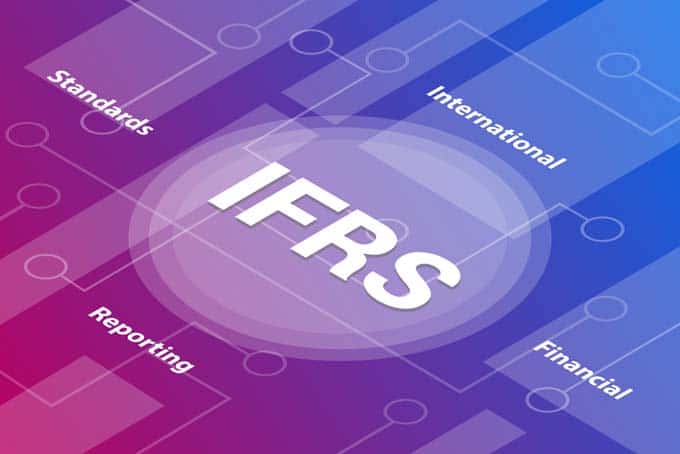









 Nicolas Glauser is co-founder of the digital marketing agency flin.agency. In the further development of its product, Nexoya benefits in particular from Glauser's previous experience as Head of Performance Marketing at the communications agency Farner Consulting in Zurich.
Nicolas Glauser is co-founder of the digital marketing agency flin.agency. In the further development of its product, Nexoya benefits in particular from Glauser's previous experience as Head of Performance Marketing at the communications agency Farner Consulting in Zurich. With over 21,000 inhabitants, Nyon is part of the Geneva-Lausanne metropolitan region. This economic area is the largest conurbation in Switzerland after Zurich. Well-known companies such as Hublot and the UEFA football association have their headquarters in Nyon. Florian Maas, COO of Neo Advertising: "We are very pleased about the future partnership with the city of Nyon, as we already offer digital and analog advertising space in and around Nyon in malls, Coop stores and Coop Pronto petrol stations as well as at Let's Go Fitness. By winning the contract, we are expanding our OOH offering by a further 28 analog advertising spaces on public land and can therefore offer our customers an attractive portfolio in Nyon and the greater Geneva area."
With over 21,000 inhabitants, Nyon is part of the Geneva-Lausanne metropolitan region. This economic area is the largest conurbation in Switzerland after Zurich. Well-known companies such as Hublot and the UEFA football association have their headquarters in Nyon. Florian Maas, COO of Neo Advertising: "We are very pleased about the future partnership with the city of Nyon, as we already offer digital and analog advertising space in and around Nyon in malls, Coop stores and Coop Pronto petrol stations as well as at Let's Go Fitness. By winning the contract, we are expanding our OOH offering by a further 28 analog advertising spaces on public land and can therefore offer our customers an attractive portfolio in Nyon and the greater Geneva area."

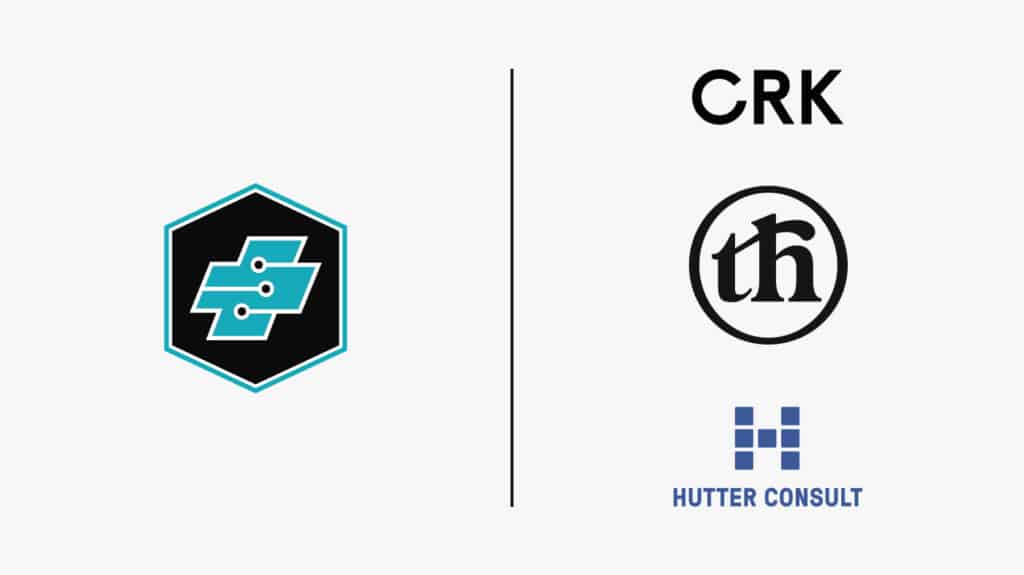 After winning the mandate, The House will be responsible for the media strategy, channel planning, purchasing, operation and optimization of the campaigns in digital and analogue media. Hutter-Consult is the third MYTY Switzerland agency to take on the campaign tasks in the social networks and search. The main focus is on the image campaign, which will be experienced via the primary channels TV, online, social media and search as well as posters and with internal communication media as tactical reinforcement and association communication. The CRK image campaign has been running since 2021 and the mandate and specific measures, in particular the current image campaign, are set to run for three years until 2023.
After winning the mandate, The House will be responsible for the media strategy, channel planning, purchasing, operation and optimization of the campaigns in digital and analogue media. Hutter-Consult is the third MYTY Switzerland agency to take on the campaign tasks in the social networks and search. The main focus is on the image campaign, which will be experienced via the primary channels TV, online, social media and search as well as posters and with internal communication media as tactical reinforcement and association communication. The CRK image campaign has been running since 2021 and the mandate and specific measures, in particular the current image campaign, are set to run for three years until 2023.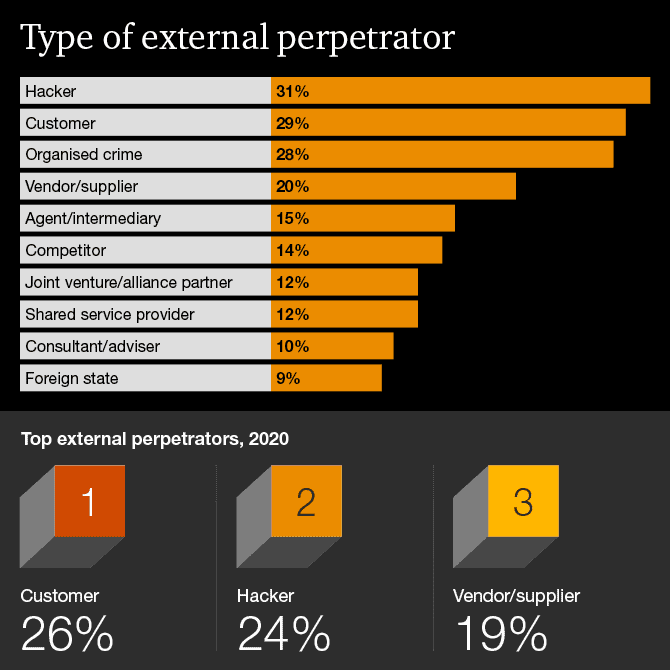
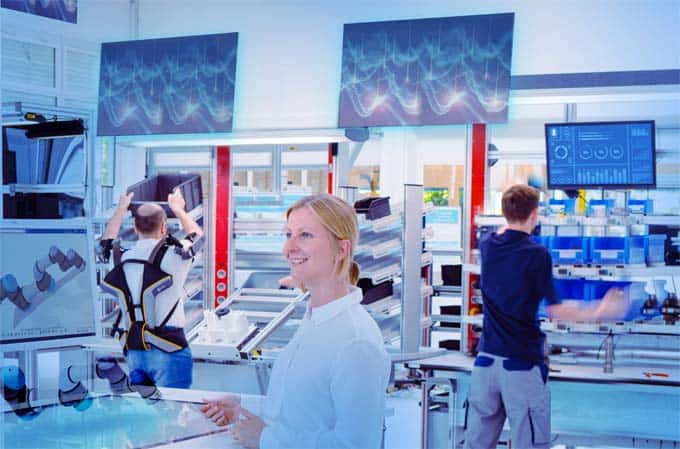
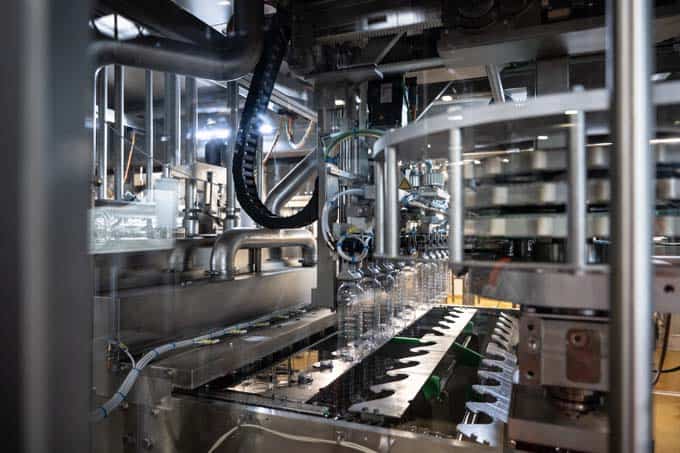
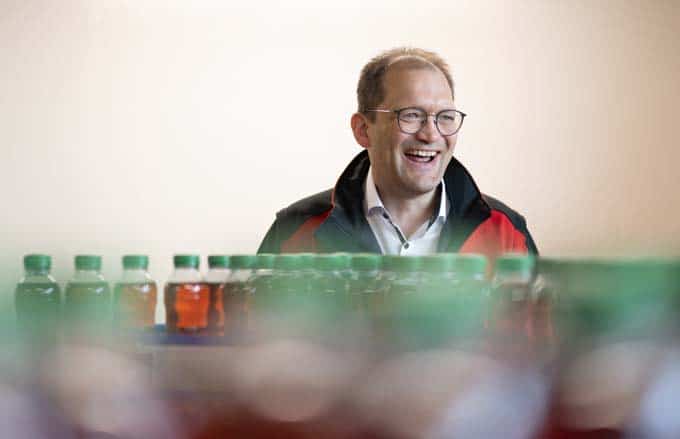
 Donald Schneider is considered the inventor of collaboration in marketing. In 2004, he launched perhaps the most important campaign in the company's history for H&M. He initiated a joint collection between H&M and Karl Lagerfeld. In doing so, he firmly established collaboration as a marketing tool. Today, his client list includes brands such as Chloé, Boss, H&M, H&M Home, Highsnobiety, About You, Pandora and Zalando. He will be speaking at the Swiss Brand Congress on June 13. We met him for a short interview beforehand. Mr. Schneider, you are considered the inventor of collaboration marketing. You invented the game. How do you play it? Donald Schneider: To remain culturally relevant as a fashion or lifestyle brand in the future, collaborations and special drops are more important than ever. And that's exactly what we specialize in with our Creative Studio, from idea to implementation. One of your most recent campaigns includes a collaboration with Kendall Jenner for About You. Your secret to success working with such superstars? Over the years, we have built up a super network and have collaborated and campaigned with many international celebrities. Personal contacts are the be-all and end-all in our industry. In your view, when should a company stick with influencer marketing, and when would you rather recommend collaborations? It depends on a client's expectations. After all, we specialize in big bangs to take a brand to the next level. With large global collaborations and the associated individually orchestrated 360-degree campaign activations. At the so-called "secondary level", this usually includes global and local influencer marketing. What do the two partners need to make a collaboration a success? Clearly, first and foremost, you need a brilliant idea and concept! We see this as the starting point of our work. Only then do we look for the perfect partner. Then it is important to work closely together to develop a very special and authentic product. Plus story creation and a strong hype campaign. These are completely different mechanisms than traditional marketing. Most collaborations today are in the fashion sector. Do you see opportunities for other industries as well? Absolutely! We do collaboration projects for a wide range of customers, including in the lifestyle sector, jewelry, home & living, and automotive. Basically, I see great potential for this in almost all industries. What do you look for when choosing a collaboration partner? what are no-gos? The most important thing is that a collaboration partner catches fire, and of course that usually has to do with our brilliant idea. And often with a lot of personal persuasion. What conditions must a product manufacturer create in order to be attractive to partners? Making large successful collaborations is very complex and not to be underestimated. In the process, the product manufacturer must be open to thinking differently and working differently.
Donald Schneider is considered the inventor of collaboration in marketing. In 2004, he launched perhaps the most important campaign in the company's history for H&M. He initiated a joint collection between H&M and Karl Lagerfeld. In doing so, he firmly established collaboration as a marketing tool. Today, his client list includes brands such as Chloé, Boss, H&M, H&M Home, Highsnobiety, About You, Pandora and Zalando. He will be speaking at the Swiss Brand Congress on June 13. We met him for a short interview beforehand. Mr. Schneider, you are considered the inventor of collaboration marketing. You invented the game. How do you play it? Donald Schneider: To remain culturally relevant as a fashion or lifestyle brand in the future, collaborations and special drops are more important than ever. And that's exactly what we specialize in with our Creative Studio, from idea to implementation. One of your most recent campaigns includes a collaboration with Kendall Jenner for About You. Your secret to success working with such superstars? Over the years, we have built up a super network and have collaborated and campaigned with many international celebrities. Personal contacts are the be-all and end-all in our industry. In your view, when should a company stick with influencer marketing, and when would you rather recommend collaborations? It depends on a client's expectations. After all, we specialize in big bangs to take a brand to the next level. With large global collaborations and the associated individually orchestrated 360-degree campaign activations. At the so-called "secondary level", this usually includes global and local influencer marketing. What do the two partners need to make a collaboration a success? Clearly, first and foremost, you need a brilliant idea and concept! We see this as the starting point of our work. Only then do we look for the perfect partner. Then it is important to work closely together to develop a very special and authentic product. Plus story creation and a strong hype campaign. These are completely different mechanisms than traditional marketing. Most collaborations today are in the fashion sector. Do you see opportunities for other industries as well? Absolutely! We do collaboration projects for a wide range of customers, including in the lifestyle sector, jewelry, home & living, and automotive. Basically, I see great potential for this in almost all industries. What do you look for when choosing a collaboration partner? what are no-gos? The most important thing is that a collaboration partner catches fire, and of course that usually has to do with our brilliant idea. And often with a lot of personal persuasion. What conditions must a product manufacturer create in order to be attractive to partners? Making large successful collaborations is very complex and not to be underestimated. In the process, the product manufacturer must be open to thinking differently and working differently.